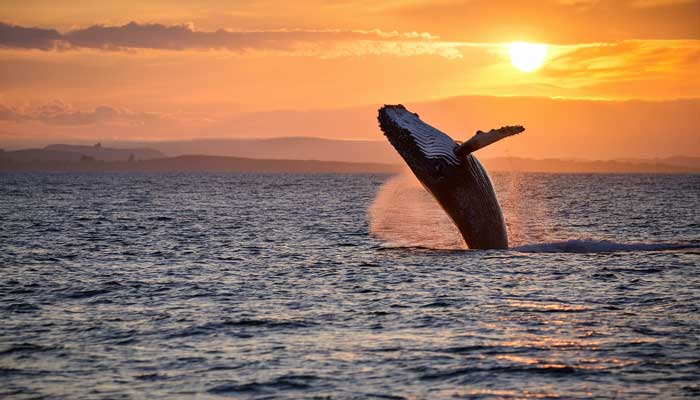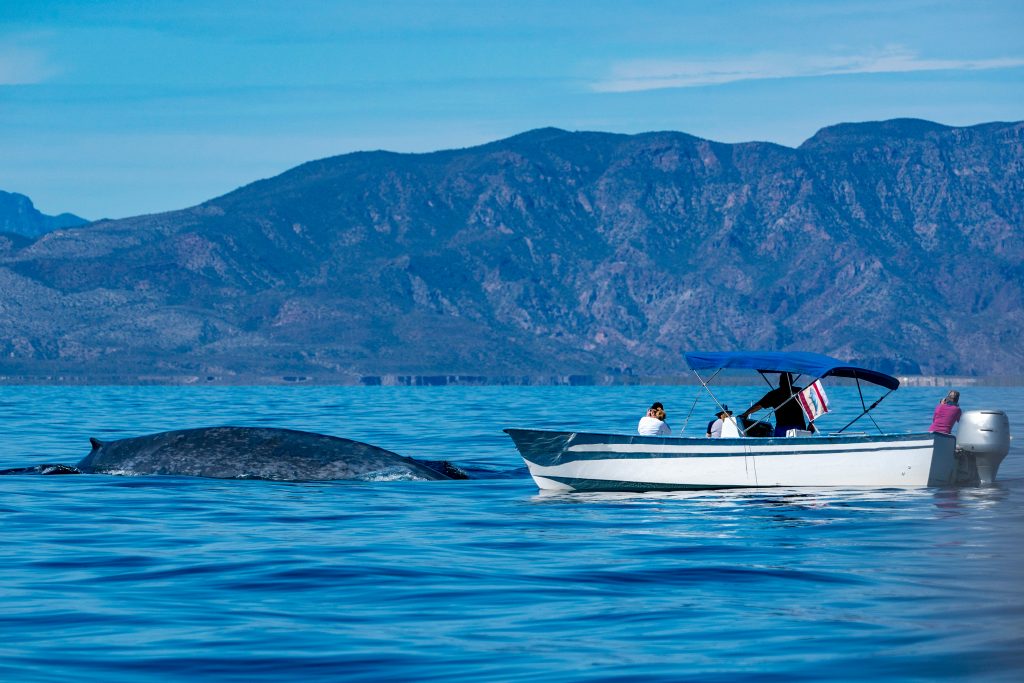Exploring the El Vizcaíno Whale Sanctuary
Nestled in the remote coastal expanse of the Baja California Peninsula in Mexico, the El Vizcaíno Whale Sanctuary stands as one of the world’s most vital marine protected areas. Spanning over 2.5 million hectares, this extraordinary sanctuary offers a safe haven for countless species, but its true acclaim comes from its role as a sanctuary for the majestic gray whale. Not only is El Vizcaíno a hub for wildlife conservation, but it also provides an unparalleled opportunity for visitors to connect with nature and witness one of the world’s most awe-inspiring natural migrations.

A SANCTUARY FOR GRAY WHALES: THE HEART OF EL VIZCAINO
At the heart of the El Vizcaíno Whale Sanctuary is its vital role in the gray whale migration. Each year, gray whales travel from Alaska to the warm, sheltered lagoons of Baja California Sur, where the sanctuary’s key lagoons—Laguna Ojo de Liebre and Laguna San Ignacio—serve as calving and nursery grounds. From December to April, these lagoons are bustling with activity as female whales give birth and males and females engage in courtship. The calm, warm waters provide an ideal environment for young whales to grow strong.
During the migration season, visitors can embark on guided boat tours to observe the whales up close, with some whales even approaching boats for an intimate, thrilling experience. Gray whales’ intelligence and curiosity often bring them near boats or cause them to breach, offering a once-in-a-lifetime wildlife encounter.
The sanctuary is also a biodiversity hotspot, home to a variety of marine species, making it a significant area for both whale watching and conservation.
SUSTAINABLE ECOTURISM: A MODEL OF CONSERVATION
One of the keys to El Vizcaíno’s success as a conservation area is its balance of protection with sustainable ecotourism. While the sanctuary attracts tens of thousands of visitors each year, Mexico has taken great care to regulate whale-watching activities, ensuring they are carried out in a responsible manner.
Ecotourism in the region also benefits local communities. Whale watching tours are a major source of income for many residents of Baja California Sur, providing a sustainable livelihood while encouraging conservation practices. Local guides, who are often from indigenous communities, play a critical role in educating visitors about the sanctuary’s ecological importance. Their expertise in the region’s flora, fauna, and cultural heritage adds a personal and enriching element to any visit.

Additionally, the sanctuary offers research opportunities for scientists studying whale migration patterns, marine ecology, and the impacts of climate change. By supporting both conservation and research efforts, El Vizcaíno plays a pivotal role in global efforts to protect marine life and maintain biodiversity.
VISITING EL VIZCAINO: A ONCE-IN-A-LIFETIME EXPERIENCE
For nature enthusiasts and wildlife lovers, a trip to El Vizcaíno Whale Sanctuary offers an experience that is as humbling as it is exhilarating. The opportunity to witness the annual gray whale migration is a truly transformative experience, and the sanctuary’s stunning landscapes and abundant wildlife make it a must-visit destination for those interested in marine ecology and conservation.
How to Get There: El Vizcaíno Whale Sanctuary is located about 200 miles (320 km) north of the city of La Paz, the capital of Baja California Sur. and aproximately 400 miles from San Diego, California USA.
Visitors can reach the sanctuary by road, though the area is relatively remote, and traveling by car requires preparation. Many tour operators in La Paz and other nearby towns offer organized whale-watching excursions and guided tours to the sanctuary.
Best Time to Visit: The best time to visit is during the whale migration season, from December to April, when gray whales are most active in the lagoons. However, the sanctuary’s diverse ecosystems can be explored year-round, with each season offering unique wildlife viewing opportunities.
A GLOBAL TREASURE IN MEXICO....
The El Vizcaíno Whale Sanctuary is a living testament to the wonders of nature and the importance of conservation. As one of the most important whale sanctuaries in the world, it serves as both a refuge for migrating gray whales and a vital site for marine biodiversity. Its blend of natural beauty, ecological significance, and sustainable ecotourism practices makes it an exceptional destination for those looking to witness the majesty of the ocean’s most awe-inspiring creatures in their natural habitat. For anyone passionate about wildlife conservation and marine ecosystems, a visit to El Vizcaíno is more than just a trip; it is an opportunity to witness a truly extraordinary natural phenomenon.
If you plan to travel through the peninsula, visit this unforgettable wildlife reserve. As a beautiful setting where the Pacific waters meet the Sea of Cortez, the seascape is like nowhere else. No wonder the whales come here; it’s an enchanting locale. You can drive down from San Diego or Phoenix in about a day. If you drive, make sure to remember your car insurance for Mexico.



